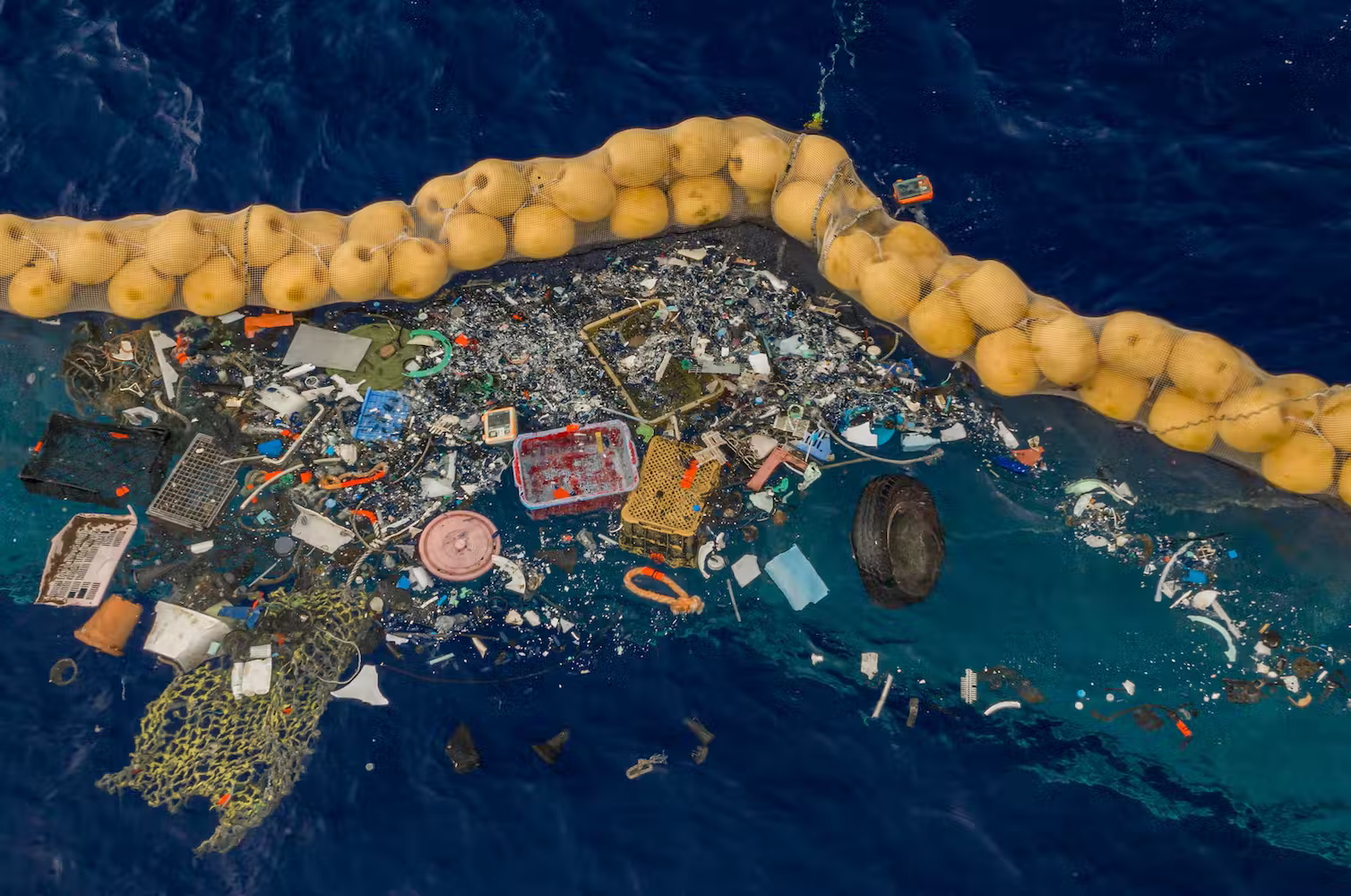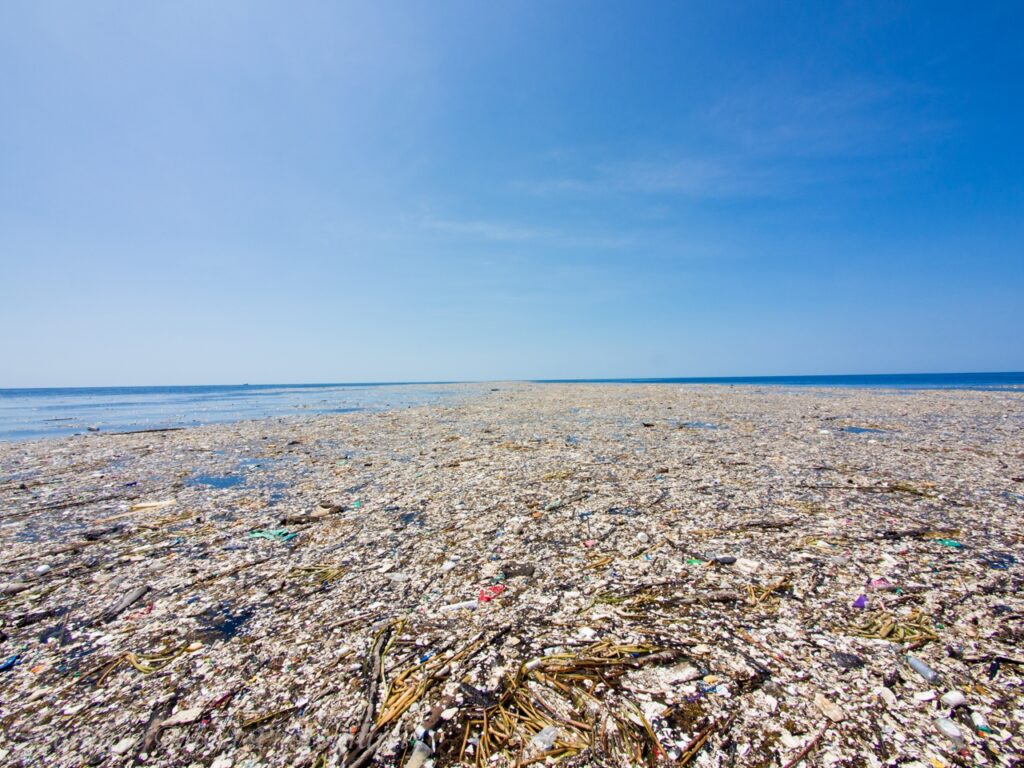
There are some things that bring to light an issue so powerfully that they are able to change the very perception of that issue. Climate change is a global crisis so large in magnitude that there is a very good chance that it is the greatest challenge the human race has ever faced. The earth, as we know it, is changing. There are extreme bouts of weather taking place everywhere in the world and the human race is squarely responsible for it. We have been taking from the earth and giving it nothing back in return. Global temperatures are rising and there are real consequences that many countries are facing right now. For the last 40 years, the discussion around climate change was always prevented it from ever manifesting. Today, the preemptive stage is long over, and we are in the phase where it is well underway.
The Great Pacific Garbage Patch is physical evidence of the size of the damage that has already been caused. This garbage island is almost twice the size of Texas and has been a great cause of concern for environmentalists all over the globe. Fishes in the sea often get stuck in the garbage patch, slowly succumbing to death just because the human race has completely failed to contain its own negative effects.

History
The garbage island was found in 1997 was found by Captain Charles Moor who was returning from a race when he found an area in the middle of the ocean which was completely engulfed with trash. Estimates that were made in 2018 place the total heft of the heap to be 1.6 million square kilometers. It is mostly made of microplastics as well as fishing gear that has been left to be unused. Essentially, the garbage patch was formed due to a variety of reasons. The first was the steady and increasing inflow of garbage from all sides. The other was the fact that these plastics were non-biodegradable, which meant that no force of nature could break them down. Since they were able to float on water and not break down, the patch slowly started to form. Interestingly enough, the garbage patch is actually a lot deeper than what it might let on at first sight. A great idea is to think of the garbage patch as more of an iceberg that has the majority of its heft inside of the ocean itself and not at the surface. This means that problem is even more severe than previously thought.
Formation
The question that might be in your mind is that: Why does the plastic end up concentrating inside of this particular space? The answer is the Pacific Gyre. These are ocean currents that help to create a vortex. Essentially, the trash that comes from countries that share the ocean will always end up flowing to this one point due to the Pacific Gyre.
Effects
Well, we have talked about how bad the problem has become. But how does it affect us exactly? After all, it is just a garbage patch in the middle of the ocean far away from humanity. The issue is that the microplastics that we previously mentioned can end up in the human bloodstream even when they are far away from us. The water that we consume obviously is connected to the water of the ocean. So, the plastics that we ourselves so carelessly deposited into the ocean come back to bite us right back in the throats. What’s even worse is that innocent marine life also gets stuck in this endless cycle of violence. Fishes can often confuse plastic for food and end up consuming it. The effects of consuming those plastics can be fatal to marine life. In the end, the fishes that do end up surviving also provide a way for microplastics to enter the human body.
What We Can Do
There’s no easy way to do this. We can try cleaning up the plastic, but the issue is that the extent of the problem is so deep at this point that it would require a lot of effort just to make a little bit of a dent. Also, the plastics have to be stored somewhere else, so they would end up creating destruction one way or another, whether in the water or in a landfill. The actual answer is to take a really good hard look at how much plastic we use and see if we can decrease the use of plastics by a lot in order to really make a difference. Even if we end up somehow clearing the garbage patch, it will just end up forming again if we do not reform our own habits.
The garbage patch that is twice the size of Texas stands as a reminder of the consequences of our own actions. We have been obsessed with producing and consuming as much as possible, without even a single thought related to sustainability occurring to us. It is a depraved cycle, with the mouth of capitalism only asking for more, never fully satiated. In fact, climate change urges us not to change a few habits, because we are beyond that point. We are at the point where we are going to need a paradigm shift in the way we live in order to make a real difference. The promise of a sustainable future needs to come now because the prophecy of a terrible future is already coming true.


No Comments